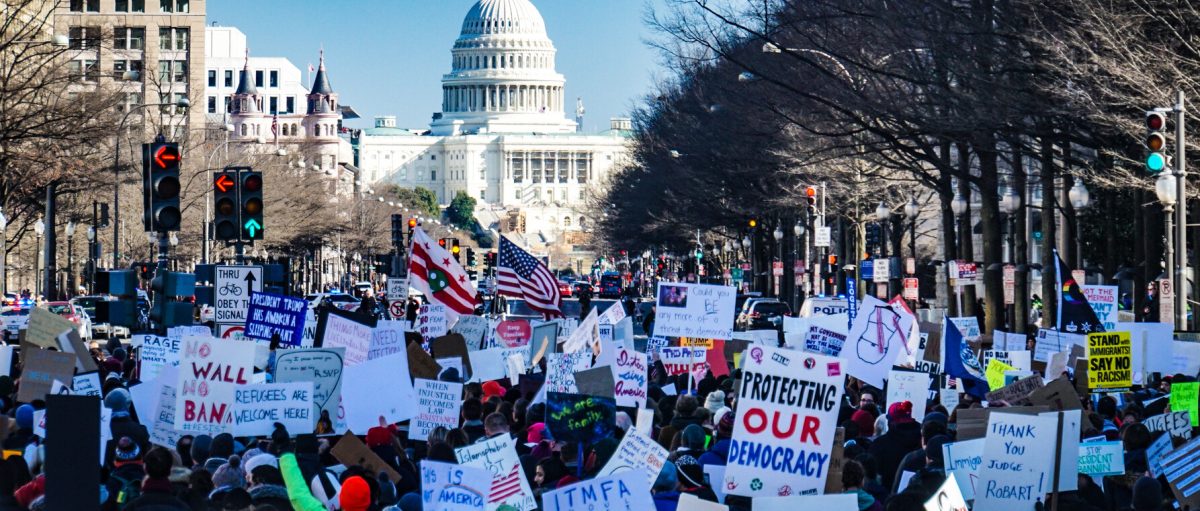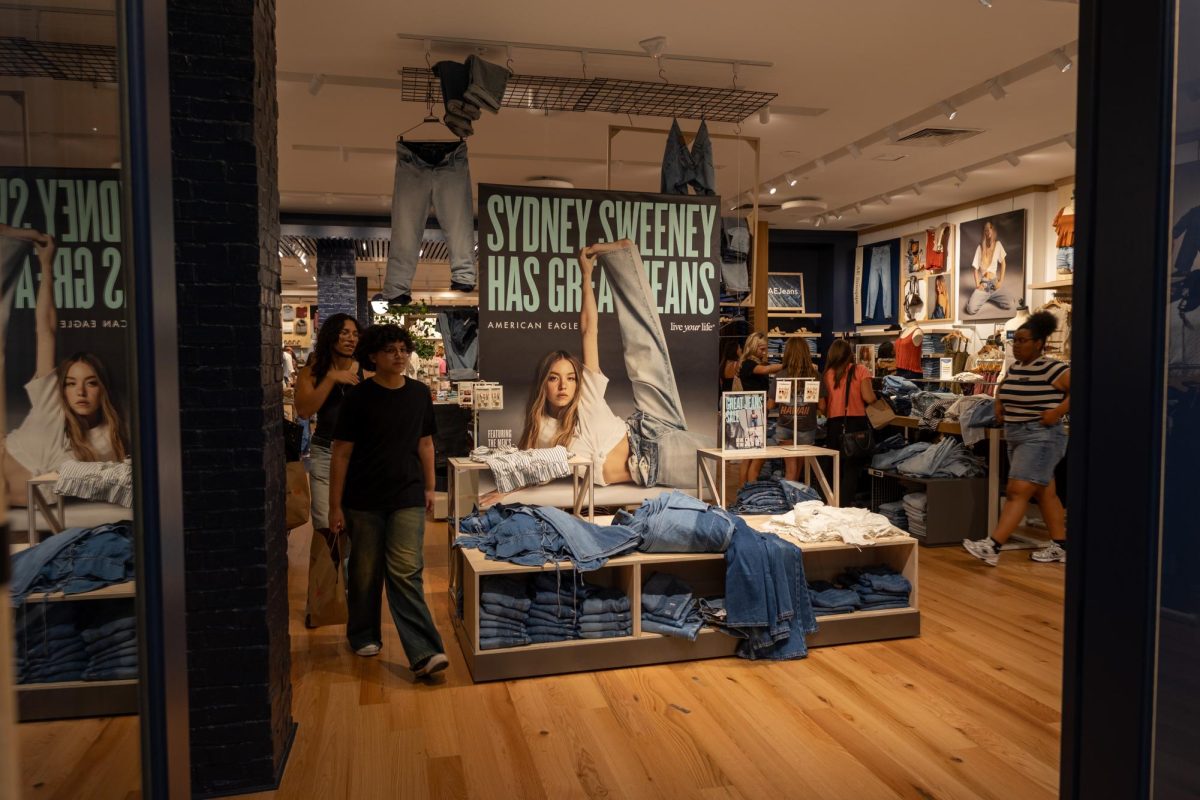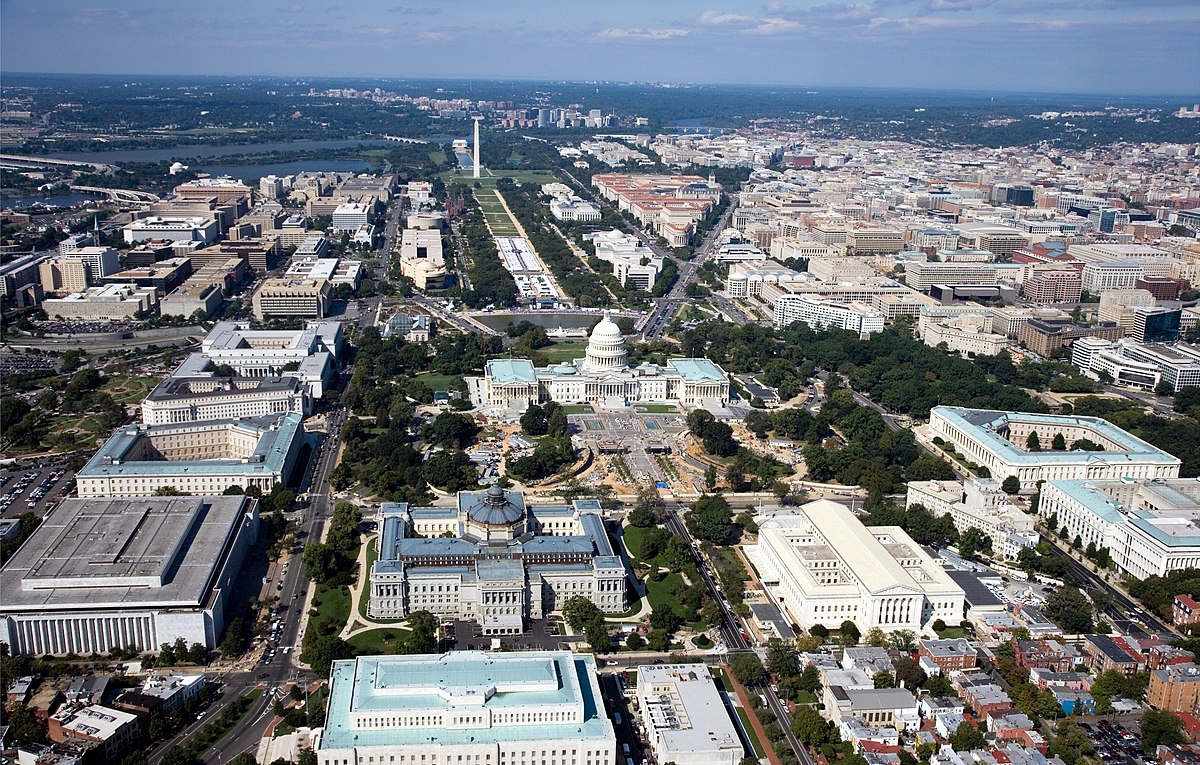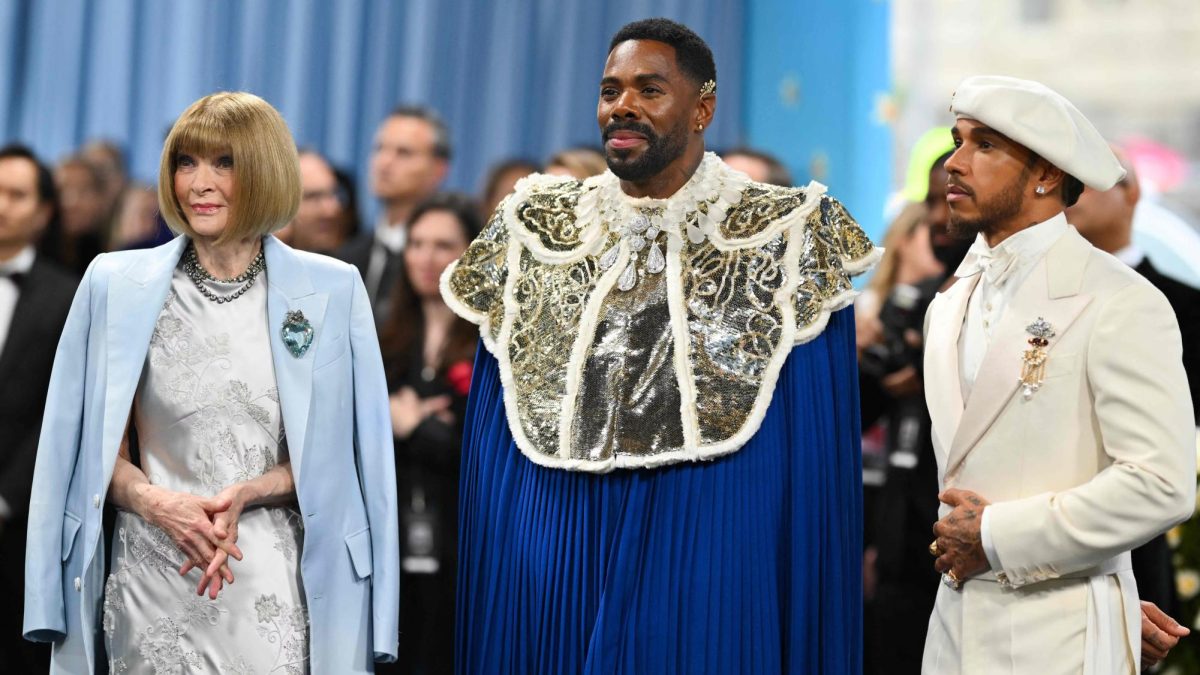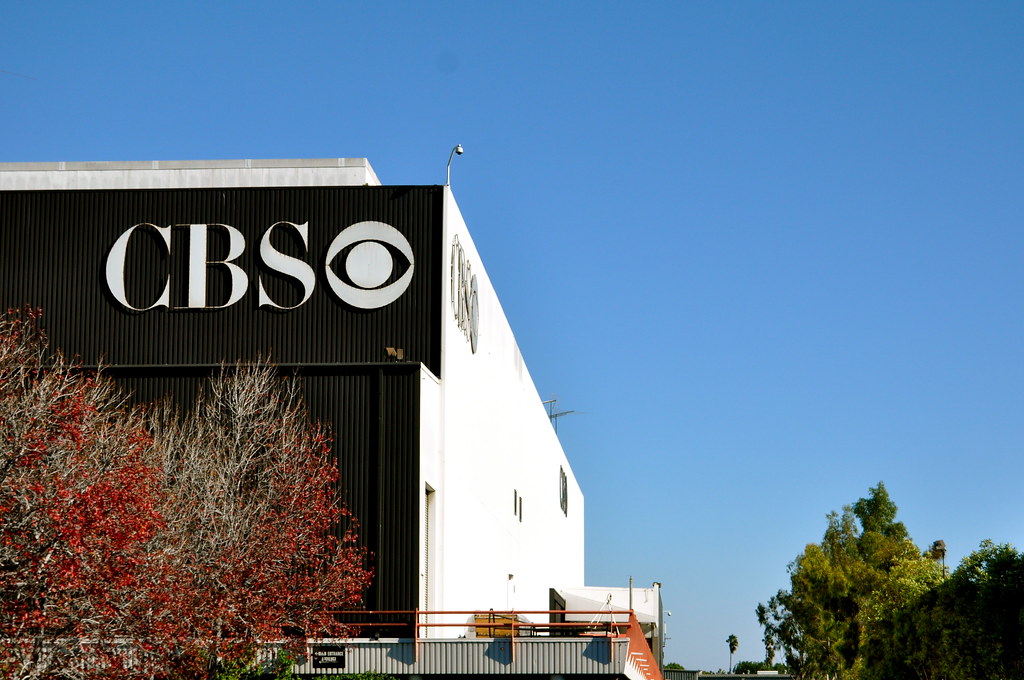violence is never, ever acceptable in the United States political system. Never, never, never. It has no place in a democracy,” said Joe Biden during his first campaign speech in the 2024 election year. Yet, the U.S. constantly perpetuates the notion that violence equates to systematic, societal and political change.
The storming of the US Capitol, the event Biden is referencing, occurred on Jan. 6, 2021, when thousands of Trump supporters descended on the Capitol building to prevent the certification of Biden’s election win in November of 2020.
The riot was encouraged by Donald Trump and his allies’after claiming election fraud. Although the rioters did not accomplish their goal, this event led to many changes in government. There was amendment to the Electoral Count Reform and Presidential Transition Improvement Act of 2022. Raising the threshold for members of Congress to object to electoral votes and judicial oversight were among key reforms to protect the election process.
Though this is one of the most infamous events of political violence in the United States, it is not the only time violence has pushed change in one of America’s systems.
Anthem Blue Cross Blue Shield announced a new policy for anesthesia coverage that issued a limt for which anesthesia would be covered based on clinical guidelines. On Dec. 5, 2024, after the killing of the CEO of UnitedHealthcare, Brian Thompson, the policy was reversed.
While the reversal did not entirely depend on Thompson’s death, it did spark numerous conversations surrounding the U.S. healthcare system, which brought the new policy to light, though it was announced back in November 2024.
The Ferguson Unrest was a series of political strife in response to the court’s failure to indict police officer Darren Wilson for the killing of Michael Brown. Alongside peaceful protests, rioting, vandalism, looting, arson and gunfire occurred. This led the city of Ferguson to enact policies that addresses systematic issues. This included mandatory force policies, training on implicit biases, mandating body and vehicle cameras and eliminating practices that disproportionately affected low-income and minority residents.
Similarly, violent protests erupted following the murder of George Floyd eventually leading to the George Floyd Justice Policing Act of 2021. This federal bill mandated body cameras, created a national database to track police misconduct, limited police immunity and banned chokeholds as well as no-knock warrants. These changes only occurred after more than 100 people protestors were shot in the neck or head between May 26 and July 27, 2020 following Derek Chauvin’s murder of George Floyd.
America was born from political violence. In the years leading up to the American Revolution patriots protested by vandalizing and attacking loyalist stores, tarring and feathering representatives of the British Crown, throwing rocks at soldiers and stocking arms.
The effectiveness of political violence is non-negotiable. It creates a sense of urgency within political leaders to confront underlying issues that would have otherwise been ignored. Political violence not only gathers the attention of political leaders but also the media, who amplify the message to a larger audience.
While the violence itself may not be encouraged, it’s causes are undeniable, provoking conversation for political change. Ph.D. student and instructor teaching history at NC State, Talia Brenner discusses this idea saying, “Activists in the [Civil Rights] movement were committed to nonviolent protest, so they would undergo training in how to not fight back, even when they were attacked by counterprotesters or law enforcement. Through mass media, they used their aggressors’ violence to gain sympathy for the cause.”
This relationship between political violence, media reactions and government response creates a vicious feedback loop. The public engages in violence to illicit change and the government responds by pacifying the efforts or implementing changes, both of which can calm or agitate the public.
So yes, political violence has a very prominent place in our democracy. The only time political violence will not have a place is when the United States begins to affirm the initial voice and not the last-ditch effort of desperate violence.

